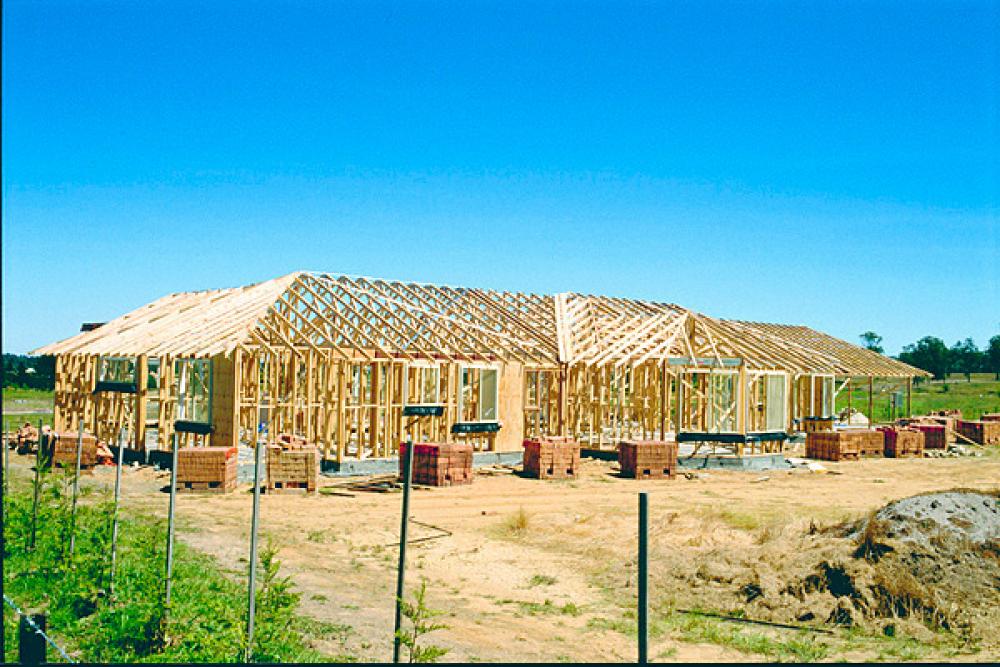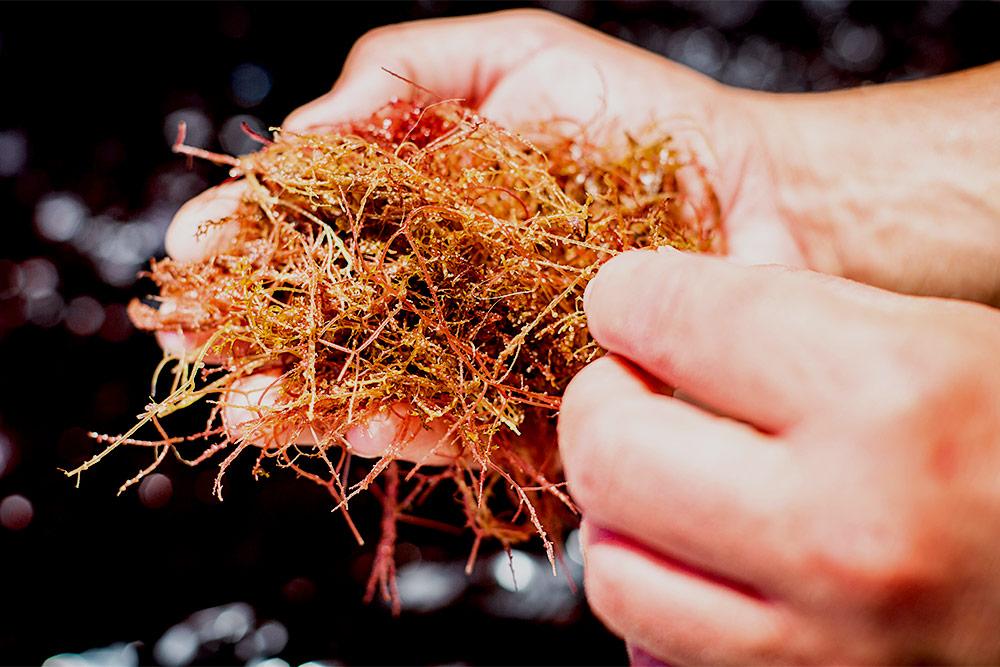In a proactive move to prepare young people for the future of farming, a partnership between Ag Logic, the Tas Farm Innovation Hub (the hub), and several Tasmanian school farms is bringing agricultural technology into the classroom. This initiative is helping students build climate resilience and technological literacy by engaging directly with tools used in modern farming.
Weather stations have been installed at Hagley, Jordan River, Sheffield, Exeter, and Yolla school farms, with further installations planned at Winnaleah, Oatlands, and Sacred Heart in Geeveston. These stations provide valuable data on Delta T for safe spraying, evapotranspiration to guide irrigation, and soil moisture levels down to 120 cm, offering a complete view of the water budget and plant-water interactions.
The integration of these tools into school environments is designed to make environmental data accessible and relevant to students. By learning to interpret and apply this data, students gain insight into how technology supports decision-making on farms and how agriculture must adapt to changing climate conditions.
Melissa Lewarn from the hub explains, “To build climate resilience, we need to start early…it’s about bringing Agtech into classrooms…so students can learn how this data impacts the decisions we make on farm.”
The program also aims to inspire future career pathways in agriculture. We're trying to develop a workforce of the future that understands technology, that understands how to use it, understands the benefits of using it”, says Andrew Harris of Hagley Agricultural Learning Centre.
Students have responded positively to the experience. Ignatia Van Der Pols from Kings Meadows High School shares how the program has shifted her mindset on the industry. “A career in agriculture is definitely something to think about in the future. It’s very interesting and you don’t expect how much there is to it until you really try it”, she says.
By combining hands-on learning with real-world data, this initiative is not only enhancing agricultural education, but also laying the foundation for a resilient, tech-savvy generation of future farmers.
Watch the video to see how the Tas Farm Innovation Hub is helping foster young farmers through collaboration and innovation.
24 October 2025
Video duration: 3 mins 35 secs
Introduction
This is the transcript of a video case study produced by the Tas Farm Innovation Hub, on their Digital Agtech on School Farms program. The video features program leads and participants. This project was funded by the Australian Government's Future Drought Fund – Drought Resilience Adoption and Innovation Hubs program.
[Recording begins]
Music plays.
Chelsea McDonald [00:08]:
So, we've installed weather stations at the three main school farms, Hagley, Jordan River, and Sheffield, and those have been in for about a year now. We've just installed one at Exeter and at Yolla, and we're going to bring in the Winnaleah school farm too. And there's also plans to install them at Oatlands and Sacred Heart in Geeveston.
So the weather stations do Delta T, for safer and more effective spraying. They do evapotranspiration so that we know how many millimetres of rainfall are being used up by our crops, and this can help with irrigation scheduling.
And a point of difference for our weather stations too are the soil moisture probes. Most of these are buried down to 120 cm, so you get to see the entire water budget. You get to see how much water is infiltrating into the soil and you get to see what depth plants are drawing water from.
Melissa Lewarn [00:53]:
To build climate resilience, we need to start early. So that's why it's important to introduce students to these sorts of tools so they can look at how the environment is changing and how we can adapt and prepare for these changes. It's about bringing this AgTech into classrooms like weather stations and soil moisture probes so that students can learn how this data can really impact on the decisions we make on farm.
Andrew Harris [01:16]:
Engaging students through projects like this one, with the Tas Farm Innovation hub, is crucially important. It’s important because it's the future of the industry, we're trying to develop a workforce of the future that understands technology, that understands how to use it, understands the benefits of using it. Having this amazing partnership with Ag Logic and the Tas Farm Innovation Hub ensures that this project in particular is engaging.
Melissa Lewarn [01:43]:
This project is about more than just learning. It's about long-term climate resilience. When we give students access to these tools, we're enabling them to think like farmers, to monitor, adapt, and to prepare, and to make smart decisions based on what the environment is telling them.
Andrew Harris [01:59]:
It is about making sure that we've got future pathways for students that includes immersion in this stuff and that they understand it, so that when they take advantage of the amazing opportunities that are available in agriculture, that they're ready to pick up this technology and run with it.
When I see those students pick up that technology, understand it so quickly and start engaging with it, I get a feeling of positivity, of encouragement for the future and that's one of the key things that underpins the whole project, is about preparing these young people for getting them on those amazing career pathways that are available in agriculture. I feel incredibly encouraged that the future of the industry is going to be in terrific hands.
Ignatia Van Der Pols [02:45]:
It was really easy to use, all of the controls were really quite simple and the graphs were really easy to read.
Seb Poke [02:53]:
Yeah, it's pretty cool, I had no clue before coming here today, but after today, there's definitely a lot of new things that I've learnt.
Ignatia Van Der Pols [03:00]:
A career in agriculture is definitely something to think about in the future. It's very interesting and you don't expect how much there is to it until you really try it.
Chelsea McDonald [03:11]:
I think this program gives students access to data that they'd never normally see and it makes it relevant to them and applicable to their questions about the world and what they want to see.
Recording ends [3:35]
A screen displays the logos for the Department of Agriculture, Fisheries and Forestry and the Future Drought Fund.
Acknowledgement of Country
We acknowledge the continuous connection of First Nations Traditional Owners and Custodians to the lands, seas and waters of Australia. We recognise their care for and cultivation of Country. We pay respect to Elders past and present, and recognise their knowledge and contribution to the productivity, innovation and sustainability of Australia’s agriculture, fisheries and forestry industries.
© Commonwealth of Australia 2023
Unless otherwise noted, copyright (and any other intellectual property rights) in this publication is owned by the Commonwealth of Australia (referred to as the Commonwealth).
All material in this publication is licensed under a Creative Commons Attribution 4.0 International Licence except content supplied by third parties, logos and the Commonwealth Coat of Arms.
The Australian Government acting through the Department of Agriculture, Fisheries and Forestry has exercised due care and skill in preparing and compiling the information and data in this publication. Notwithstanding, the Department of Agriculture, Fisheries and Forestry, its employees and advisers disclaim all liability, including liability for negligence and for any loss, damage, injury, expense or cost incurred by any person as a result of accessing, using or relying on any of the information or data in this publication to the maximum extent permitted by law.
This project was funded under the Future Drought Fund’s Drought Resilience Adoption and Innovation Hubs program and delivered by the Tas Farm Innovation Hub.



